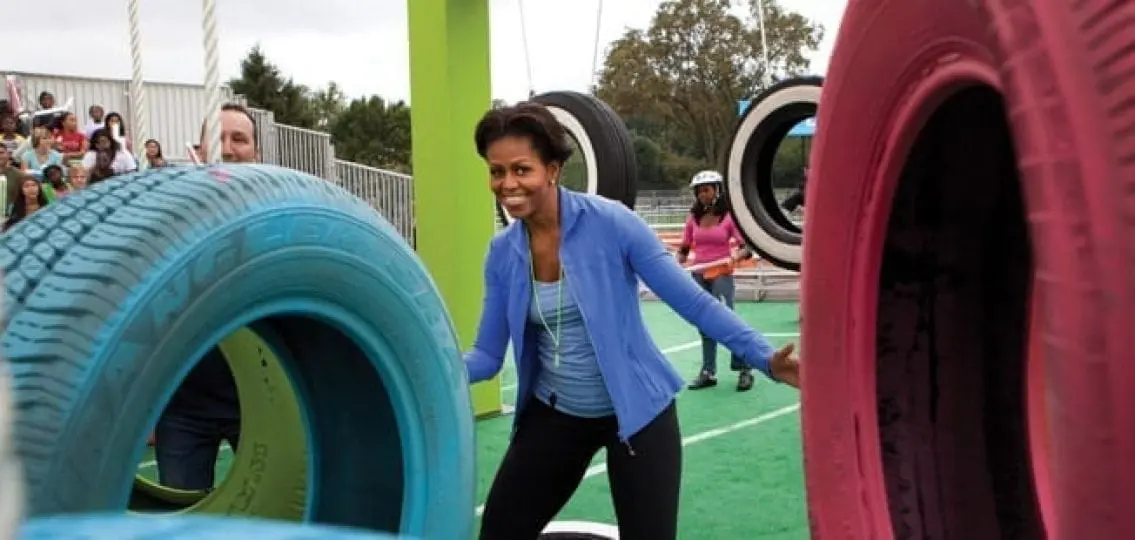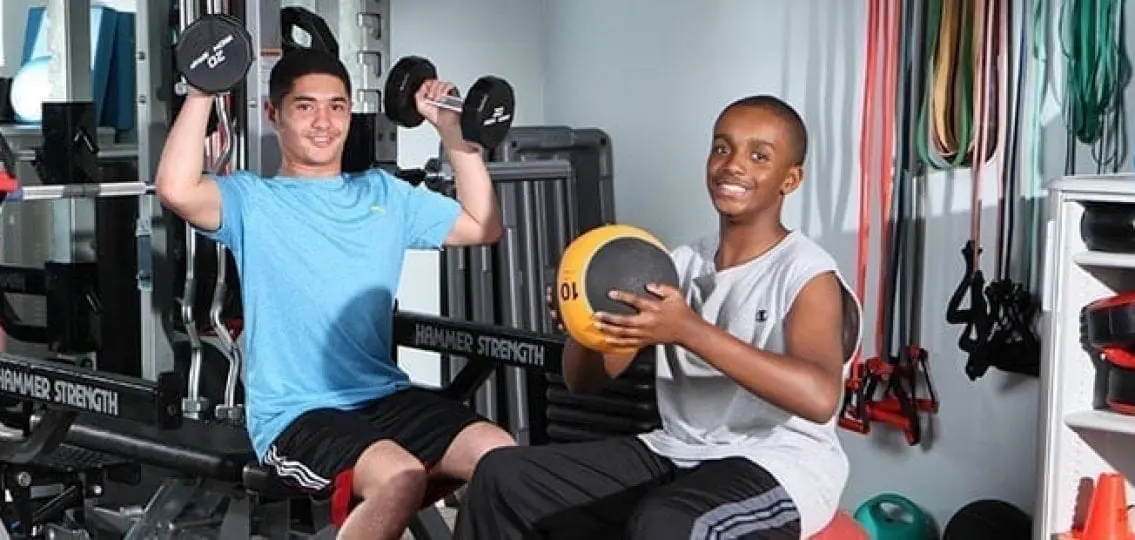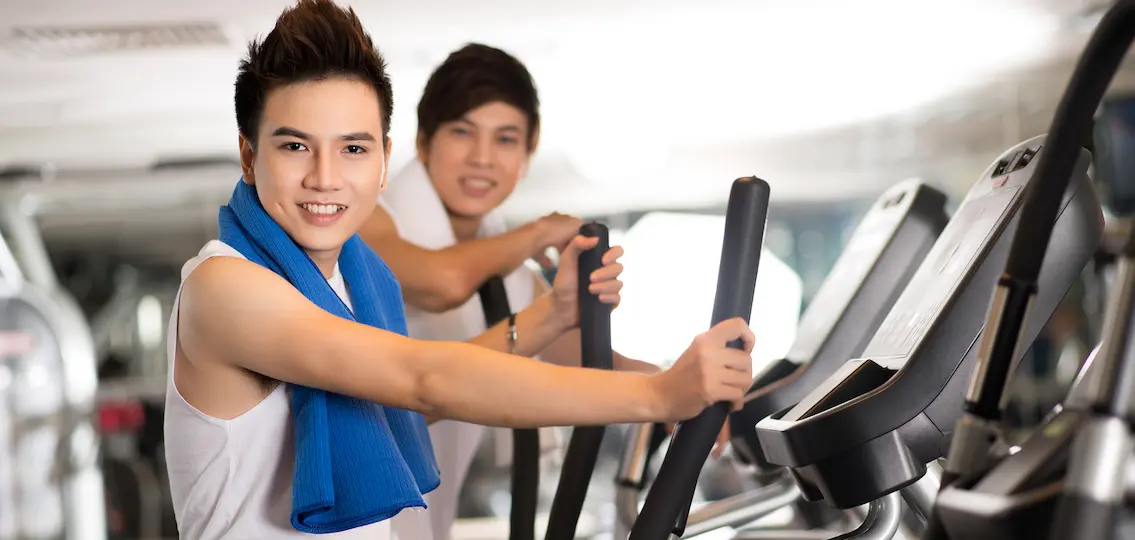My daughter once played soccer and tennis and took gym class every school day. Now 17, she’s dropped sports and, for the first time since kindergarten, she’ll have no physical activity at all at school. This year, a roster bulging with AP classes will guarantee that she’s more desk-bound than ever.

In other words, like today’s typical teen, she’s now mostly sedentary. Unfortunately, if her habits continue until she’s 19, she will be on course to be about as active as an average 60-year-old, an “extremely concerning” trend among teenagers, according to a study published in the journal Preventive Medicine.
The American Academy of Pediatrics recommends a minimum of 60 minutes of moderate to vigorous daily physical activity in adolescents, but 75 percent of teen girls and 50 percent of teen boys don’t hit that mark, says Vijay Varma, one of the study’s authors and a researcher at the National Institutes of Health.
If your teen is like mine, lots of screen time and sedentary habits aren’t surprising, but comparing their fitness to folks who could be grandparents should set off alarms.
The study of more than 12,000 participants found that the reduced rate of activity among 12- to 19-year-olds is due partly to the fact that teens start moving later in the day, losing the active morning hours that benefit other age groups. They lose hours by sleeping when they could potentially log steps, according to the study from the Johns Hopkins Bloomberg School of Public Health.
The real problem, warns Varma, is that when healthy teenagers have a sedentary lifestyle at such a young age, they invite health problems ranging from Alzheimer’s disease to obesity.
The good news? Inactive teens don’t need to launch a radical exercise routine or sacrifice sleep—or screens—to become more active and reap the benefits, says Varma. Little changes add up.
6 Tips to Get Your Teen Moving
1. Start with small changes.
Varma says teens should ask themselves one question: “When am I not moving, but could be?” If teens begin to take the stairs, walk to school, and stretch during study breaks, they’re already on their way to a healthier future. “Small changes that increase light physical activity can have huge effects over time,” he says.
2. Focus on health, not weight loss.
Exercise can be a touchy topic, whether your teen is overweight or simply reluctant to leave their desk or couch, acknowledges Linda Escobar Olszewski, staff psychologist at Mount Sinai Adolescent Health Center in Manhattan. Parents should emphasize physical activity as one element of a healthy lifestyle that also includes nutritious eating habits. Don’t stress exercise as a way to change body type or reach a weight target, Escobar Olszewski suggests.
3. Talk about the long-term physical and mental benefits.
Don’t threaten your teen with a doomsday scenario of what will happen if they don’t start jogging tomorrow. Instead, tell them that the science is clear: Exercise helps prevent many health issues, while lack of physical activity causes chronic disease. If your studious teen worries that exercise will take too much time away from her books, remind her that exercise boosts brain health. “Exercise is Miracle-Gro for neurons,” Escobar Olszewski says. “It really stimulates our ability to learn.”
4. Find the right activity.
If school sports don’t motivate your teen, try the neighborhood spin class, yoga studio, or rock-climbing gym. Community centers often offer free or low-cost classes. Additionally they offer access to basketball courts, pools, weight rooms, treadmills, and other workout equipment. If your teen finds a fitness activity that interests her, she’s more likely to stick with it, says Escobar Olszewski.
5. Prioritize active family time.
Instead of bingeing on the latest Netflix hit together, go for a walk or bike ride. Active outings are a great way to bond while banking some exercise time, says Escobar Olszewski.
6. Practice what you preach.
The most powerful way to reach teens is through modeling. Your teen is more likely to choose to be physically active if she sees that you already are.





